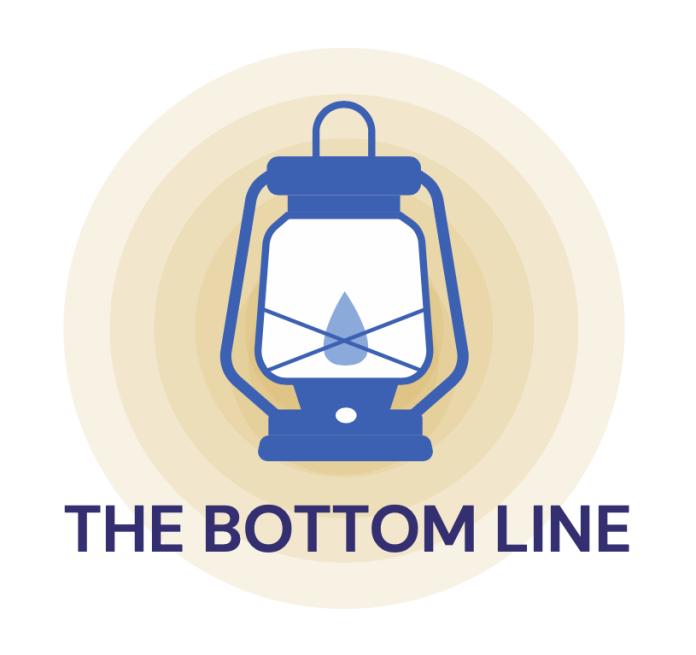Melanie Martinez
Science and Tech Co-Editor
Crystalline metallic materials are a key component of infrastructure in modern structures. These structures range from bridges, airplanes, and oil rigs — many of which have catastrophic consequences if they were to fail. Researchers from UC Santa Barbara (UCSB), the University of Illinois, and the University of Poitiers in France have been investigating the capacity to predict metal fatigue within crystalline metallic materials. This research can help prevent structural failure that poses a risk to human life.
Metal fatigue occurs when crystalline metallic materials go through increasing stress, which can manifest into localized slip events. These localized slip events can compromise the entire structure. Slip events are when the atoms within the crystallized structure glide against each other, creating deformation of the metal.
An example of metal fatigue is the infamous Challenger disaster in Cape Canaveral, Florida. The space shuttle exploded after 73 seconds into orbit due to the failure of two seals located in the joint of the shuttle’s right solid rocket booster. This event cost the lives of the entire Challenger crew and a school teacher. Tragedies like this disaster illustrate the risk of not knowing about material failure, which makes the research so important to avoid events like the Challenger.
Researchers at UCSB and other institutions were focused on predicting when metal fatigue would occur. They currently can predict stress in the first cycle, when the material is in its first state of redundancy. Having this first bit of information is crucial, as stress in the first cycle can be used to predict slip and failure. Using UCSB’s TriBeam microscope, researchers were able to get a clear view of the slip bands where atoms slip against each other creating wear.
UCSB’s material science professor Tresa Pollock described the use of UCSB technology as “critically important” in order to “develop and maintain these advanced instruments and combine them with machine-learning assisted analysis.”
With the advancement in technology since 2009 and the use of UCSB technology, researchers were able to expand on this concept that has been discussed for years. Based on these findings, the research of metal fatigue has evolved since some of the previous research was done in 2009.
Jamie Kruzic, one of the researchers, wrote “Predicting Fatigue Failures,” which not only discusses how to predict fatigue failure but also new methods to prevent it. Kruzic explores multiple prediction methods that could be used — like the fatigue threshold, which is stress intensity. By developing new methods, the goal of predicting fatigue would be beneficial to the creation of future structures.
What does this research mean for the future of high-risk structures? Being able to view the first slip in the cycle could be used to predict the longevity of the material. It is critical to know when structures like bridges or oil rigs will become compromised since their failure could have consequences for the general public.
The research being done by these researchers has made significant progress in finding information to predict material failure. Moving forward, researchers can expand on these findings and explore metal fatigue even further. Being able to know the area of stress that is set to fail can allow for infrastructure updates to existing structures. This research can offer a new perspective when designing public structures in order to avoid catastrophic events.











